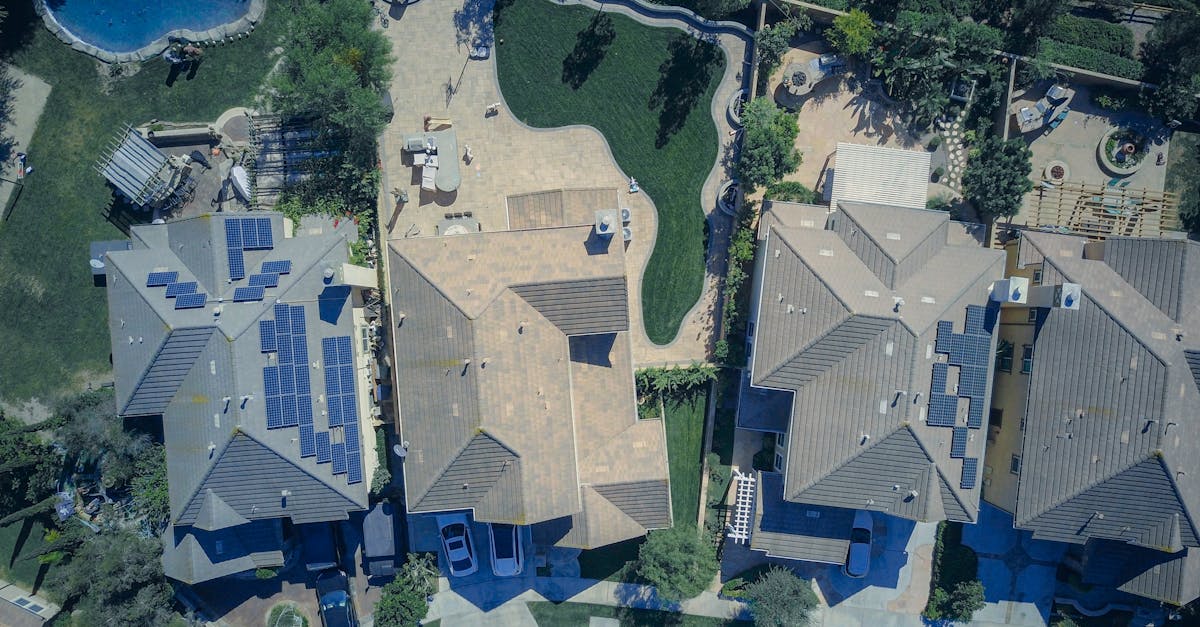What is the most expensive part of a new roof?

Table Of Contents
Permits and Regulations
Navigating the complexities of local building codes is a crucial step when planning for a new roof. Homeowners are often required to secure permits before any roofing work can commence. These permits ensure that the planned renovations comply with safety standards and local regulations. Failing to obtain the necessary permissions can lead to fines and complications that may delay the project, resulting in potential cost overruns.
Additionally, the costs associated with acquiring the required permits can vary significantly based on location. Different municipalities have distinct fee structures and requirements that must be adhered to. Understanding these factors ahead of time can help homeowners budget more effectively and avoid unexpected expenses as the project progresses. Proper adherence to these regulations not only smooths the installation process but also adds to the overall value and safety of the home.
Costs Associated with Obtaining Necessary Permissions
When planning a new roof installation, navigating the complexities of local regulations and obtaining necessary permits can significantly impact the overall costs. Different municipalities have varying requirements, which can add complexity to the process. Homeowners often need to pay for multiple permits, which may include zoning approvals or building permits. Additionally, some areas require inspections during various stages of the roofing project, leading to further costs.
The fees associated with these permits are not uniform; they can vary based on location, project size, and the specific regulations in place. As such, it is essential for homeowners to budget for these expenses early in the planning stage. Failure to secure the proper permissions can lead to fines or even the requirement to remove improperly installed roofing, resulting in additional unforeseen costs. Understanding local regulations ensures a smoother project timeline and compliance with safety standards.
Adding Architectural Features
The choice of architectural features can significantly elevate the overall cost of a new roof. Elements such as dormers, skylights, and intricate gables not only enhance aesthetic appeal but also require additional materials and labor. Homeowners often desire unique designs that attract attention, leading to a demand for specialized craftsmanship. These features contribute to both the complexity and the cost of installation.
Moreover, the type of roofing materials selected for these architectural enhancements also impacts the budget. Premium materials often used for accentuating design—such as natural slate or metal panels—can carry a higher price tag. Consequently, the investment in architectural enhancements not only reflects personal taste but also adds to the financial commitment involved in a roofing project.
Influence of Roof Design on Total Expenditure
The design of a roof plays a significant role in determining overall costs. Complex shapes and multi-tiered structures often require more materials and labor, driving expenses up. Features such as gables, dormers, or intricate slopes can complicate the installation process. Contractors typically charge a premium for these designs due to the additional time and skill needed.
Material choice also heavily influences the budget. Certain roofing materials are more compatible with specific architectural styles. For instance, slate or tile may complement a Mediterranean design but can be more costly compared to asphalt shingles. Customization for aesthetic appeal often adds to the financial burden, reflecting the need for careful planning when selecting both design and materials.
Removal of Old Roofing
When a new roof is installed, the existing roofing material often needs to be removed first. This process, known as a roof tear-off, can entail significant cost due to labor and disposal expenses. The complexity of the removal will depend on the type of roofing material being removed, the number of layers, and the overall condition of the underlying structure. Additional factors, such as safety measures and the time required, can further drive up the total expenditure.
Homeowners should also consider potential hidden issues that may arise during the tear-off process. Problems like rot, water damage, or the need for structural repairs can add unanticipated costs. Addressing these issues promptly is essential to ensure a sturdy and lasting roof, which may ultimately make the upfront investment in removal worthwhile for long-term stability.
Expense Incurred in Roof TearOff
Removing old roofing can significantly impact the overall expense of a new roof installation. Homeowners often overlook this step, but it entails labor costs, disposal fees, and potential structural assessments. The tear-off process involves carefully stripping away old shingles, underlayment, and any damaged materials underneath. This thorough removal ensures that the new roofing material has a solid foundation, which can prevent future issues.
In some cases, multiple layers of roofing may exist, requiring additional time and labor to remove. Each layer adds complexity and cost to the project. Furthermore, if any damage is found during the tear-off process, repairs may be necessary, which can elevate expenses even further. It is crucial for homeowners to budget for these costs to avoid financial surprises during the roofing project.
FAQS
What is typically the most expensive part of a new roof?
The most expensive part of a new roof usually includes the cost of materials, particularly if high-end materials like slate or metal are chosen, and labor costs associated with installation.
How do permits and regulations affect roofing costs?
Permits and regulations can add significant costs to a roofing project. Fees for obtaining necessary permissions can vary by location and may require additional paperwork and inspections.
Do architectural features significantly increase roofing expenses?
Yes, adding architectural features such as skylights, chimneys, or complex roof designs can greatly influence the total expenditure due to the additional materials and labor required.
What are the costs associated with removing old roofing?
The expense incurred in roof tear-off can be substantial, as it often includes labor, disposal fees, and potential repairs to the underlying structure, which may be revealed after the old roof is removed.
Are there ways to save on roofing costs?
Yes, homeowners can save on roofing costs by choosing less expensive materials, comparing quotes from multiple contractors, and considering off-season installation when labor costs may be lower.